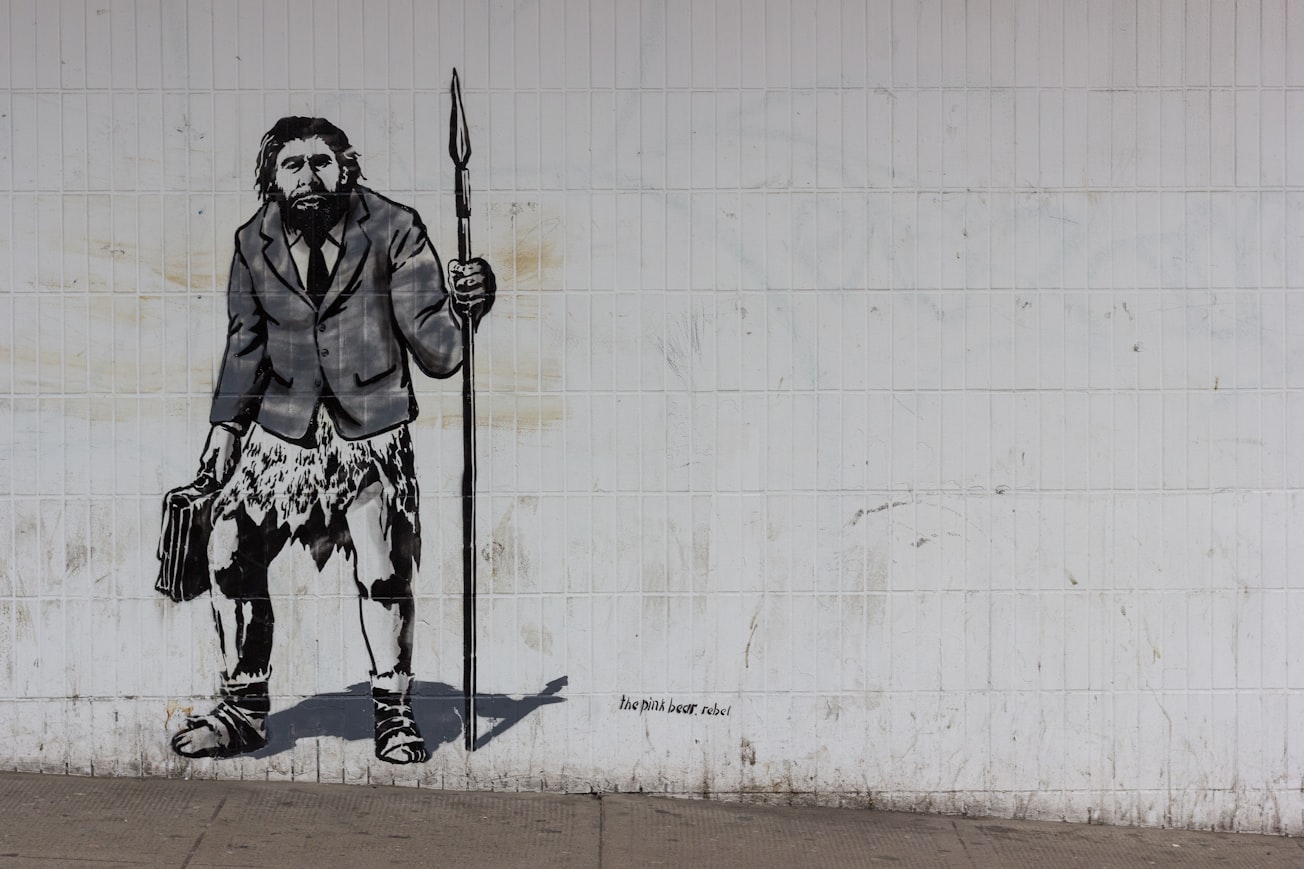What is it about?
The present paper examined the assumption of strong reproductive isolation (RI) between Homo neanderthalensis and Homo sapiens, as well as the question of what form it might have taken, using insights from the parallel case of chimpanzee–bonobo hybridization. RI from hybrid sterility or inviability was thought unlikely based on the short separation-to-introgression timeline. The forms of RI that typically develop in primates have relatively short timelines (especially for partial implementation); they generally preclude mating or influence hybrid survival and reproduction in certain contexts, and they have the potential to skew introgression directionality. These RI barriers are also consistent with some interpretations of the archaeological and fossil records, especially when behavioral, cognitive, morphological, and genetic differences between the two human species are taken into consideration. Differences potentially influencing patterns of survival and reproduction include interspecies violence, Neandertal xenophobia, provisioning behavior, and ontogenetic, morphological, and behavioral differences affecting matters such as kin and mate recognition, infanticide, and sexual selection. These factors may have skewed the occurrence of interbreeding or the survival and reproduction of hybrids in a way that might at least partially explain the pattern of introgression.
Featured Image

Photo by Crawford Jolly on Unsplash
Read the Original
This page is a summary of: Human species and mating systems: Neandertal-Homo sapiens reproductive isolation and the archaeological and fossil records, October 2021, Center for Open Science,
DOI: 10.31235/osf.io/ducgk.
You can read the full text:
Contributors
The following have contributed to this page







